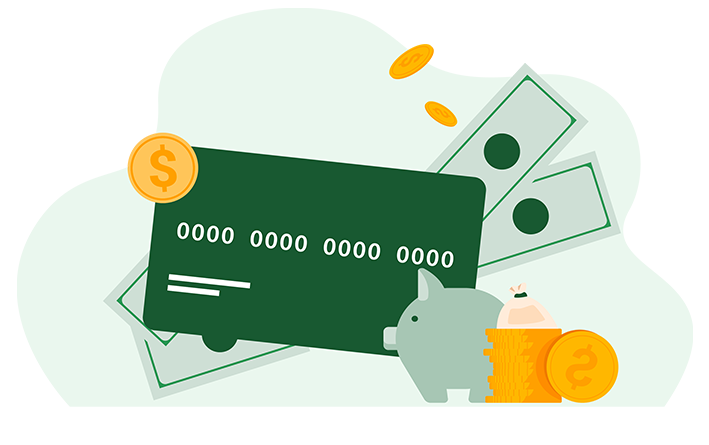Student Loans

Things you should know regarding student loans:

1. Federal Student Loans
The U.S. Department of Education offers federal student loans, which are the most common type of student loans. They include Direct Subsidized Loans, Direct Unsubsidized Loans, Direct PLUS Loans, and Perkins Loans. These loans often have lower interest rates and more favorable repayment terms compared to private student loans.

2. Private Student Loans
Private student loans are offered by banks, credit unions, and other financial institutions. They are not backed by the government and typically have higher interest rates and stricter repayment terms than federal loans. Private loans may be an option for students who need additional funding beyond what federal loans provide.

3. Interest Rates
The interest rates on student loans can be fixed or variable. Federal student loans have fixed interest rates, meaning the rate remains the same throughout the life of the loan. Private student loan interest rates may be fixed or variable, and they are based on factors such as creditworthiness and market conditions.

4. Repayment Options
Federal student loans offer various repayment options, including standard repayment, extended repayment, income-driven repayment plans, and loan forgiveness programs. Private student loan repayment options vary depending on the lender, and they may have fewer flexible options compared to federal loans.

5. FAFSA
To be eligible for federal student loans and many other forms of financial aid, students must complete the Free Application for Federal Student Aid (FAFSA) annually. The FAFSA determines a student's eligibility for federal aid based on financial need.

6. Loan Forgiveness and Discharge
Certain circumstances, such as working in public service or experiencing severe financial hardship, may qualify borrowers for loan forgiveness or discharge of federal student loans. Private student loans generally have fewer forgiveness options.
